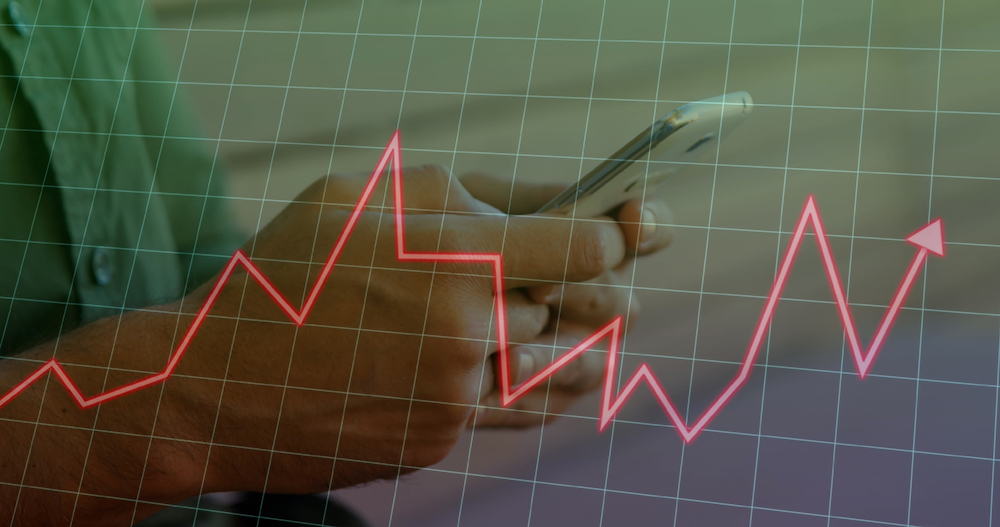There’s also disinflation, no-inflation, deflation, and stagflation.
Inflation is the overall rise in the prices of goods and services over time. When it spikes, stock investments may be attractive for investors willing to buy and hold for more than five years.
Disinflation occurs when price increases slow. During disinflation, you may be rewarded for accepting more investment risk and buying growth stocks.
No-inflation occurs when consumer prices rise by no more than 2% a year, creating price and economic stability and a good climate for most types of investments.
Deflation is a generalized economy-wide drop in prices. The U.S. has seen deflation only during the Great Depression in the 1930s and the Great Recession in 2009. During deflation, bonds with a fixed positive interest rate offer positive real returns.
Stagflation is characterized by slow growth, high unemployment, and inflation. TIPS, which, if held to maturity, are guaranteed to return your investments, may help weather stagflation.


